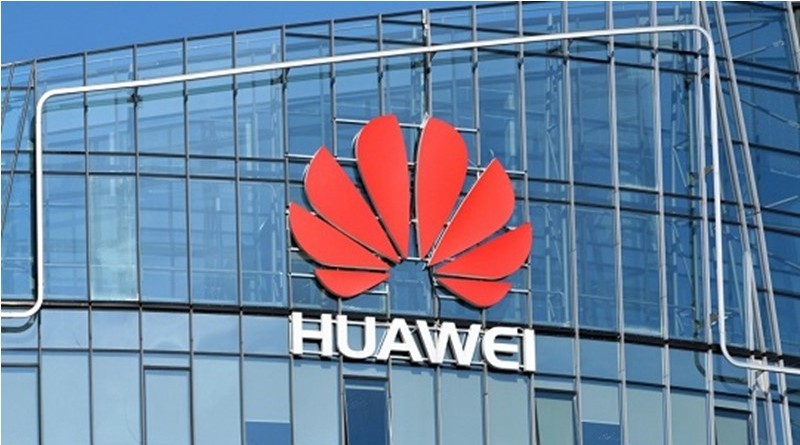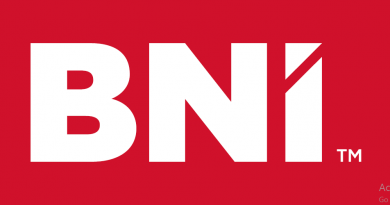Huawei Technologies advocates affordable spectrum to deepen home internet access across Africa
In order to increase the already low penetration rate, Huawei Technologies has urged everyone to use the 2.6 GHz band as the dedicated spectrum with the most affordable 4G Fixed Wireless Access for home internet service.
Only 9.8 million Kenyans (9%) currently have access to broadband internet, the majority of whom reside in metropolitan and semi-urban areas. While up to 22 million people still do not have access to the internet, 38% use slow dial-up internet.
Yao Hongjie, Vice President of Huawei Sub-Saharan Africa ICT Solutions, spoke to attendees at the recently finished Annual Africa Spectrum Roundtable in Maputo, Mozambique, and indicated that a number of efforts were needed to increase the rate of home internet adoption.
These include the complete sub-3GHz allotment for accessible, cheap mobile broadband to narrow the digital divide and support the development of our digital future. In order to further boost mobile broadband, it also requires full usage of the 2.3GHz and 2.6GHz frequencies, the speaker added.
The participants in the discussion agreed that for the country to embrace defragmentation techniques with win-win cooperation between internet service providers, regional mobile network operators, and large mobile network operators, home internet access must make a significant jump.
In order to improve overall national broadband penetration rates, tax incentives and rebates, affordability concerns for both devices and services, and digital literacy for rural and underserved areas, the ramp-up also necessitates the entire development of 4G/5G fixed wireless connectivity.
Regulators, operators, and professionals in the spectrum industry from throughout Africa attended the event to talk about the main spectrum prospects and difficulties for attracting investment and enhancing mobile service levels.
According to Mr. Yang, the Sub-3GHz spectrum’s full utilization will be the optimal course of action given the experience of strong demand growth to strengthen the last-mile broadband infrastructure and its unique ability to satisfy the realistic need in the African region.
The 2.6 GHz band will enable operators to address rapidly increasing traffic volumes in an effective and harmonized manner. Spectrum is a scarce resource, and efficient use of spectrum is one of the key objectives of spectrum management. However, there is clear evidence that the volume of data flowing over mobile networks is growing rapidly and is being accelerated by the popularity of smartphones and the growth in music and video downloads.
The 700 MHz spectrum, often known as the “digital dividend,” is best complemented by the 2.6 GHz spectrum, which will allow for the most economically advantageous nationwide coverage of mobile broadband in both urban and rural areas.




